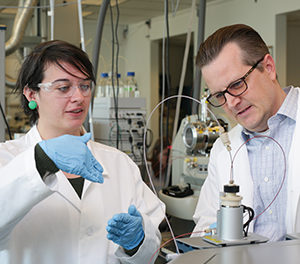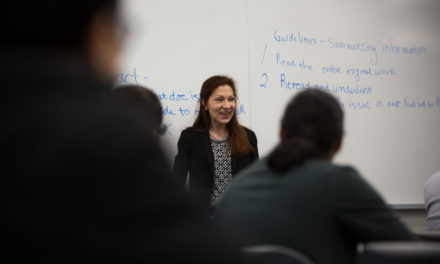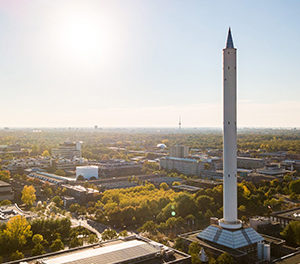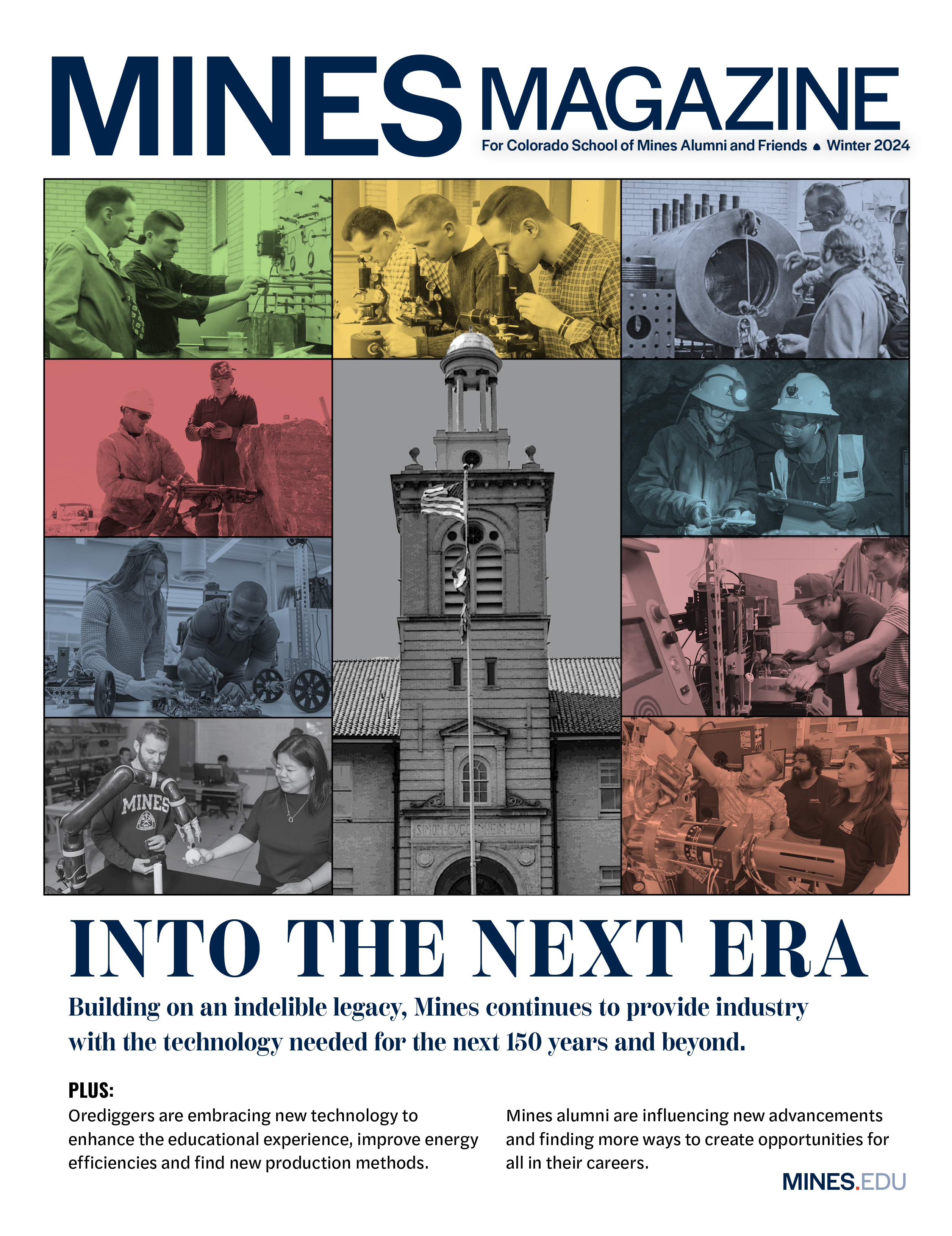Preventing a case of sour grapes
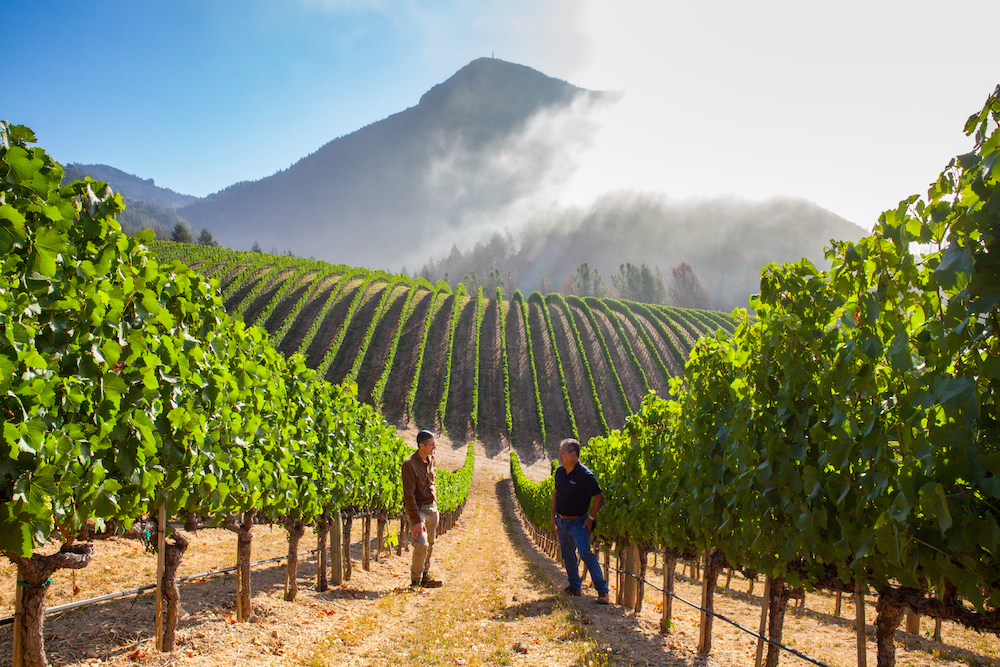
As California wildfires continue to grow in frequency and intensity, wineries in Sonoma and Napa Valley are looking for ways to protect their grapes from wildfire smoke, which can ruin the taste of the grapes and, therefore, any wines made from them.
Robert Fiore MS ’99, a winemaker at Peter Michael Winery in California, is working on one potential solution: covering grapes with activated carbon, or AC hoods, which “purify the air so that smoke compounds don’t reach the skin on the surface of the grapes,” he said.
AC is a form of carbon—usually charcoal—made extremely porous through physical or chemical treatments. Just one gram of AC can have a surface area of up to 32,000 square feet. “It’s an extraordinary amount of surface area,” Fiore said.
Molecules and chemicals adsorb onto that carbon, preventing contamination. Already, AC is used in everything from water purifiers to methane and hydrogen storage to treating poisonings and overdoses.
The idea of using AC fabric on grapes came from Sir Peter Michael CBE, who, in addition to founding Peter Michael Winery in 1983, trained as an engineer and founded a number of technology companies. After the intense 2020 California wildfires, he asked Fiore if putting grapes in an AC bag would filter out smoke compounds.
After consulting with professors from the University of California, Davis, and California Polytechnic State University on the viticulture side, Fiore thought it might work. He sourced three different kinds of AC fabric, which he then sent to Kerry Wilkinson, professor of oenology at the University of Adelaide in Australia, for her to test on grape clusters there.
Not only has Wilkinson been studying the problem of smoke taint for more than 10 years to combat the effects of bush fires on the Australian wine industry, but being on the other side of the planet, she was in ideal grape growing season at the time Fiore proposed this idea.
In field and laboratory tests, Wilkinson found that the hooded grapes had 97 percent less smoke taint compared to non-hooded ones—far more effective than any other method tried before. Fiore conducted his own test on some of Peter Michael’s grapes in 2021 to see if the hoods would affect the development and maturity of grapes and the wines made from them. He expects to summarize his findings in winter 2022.
Becoming a winemaker after studying geophysics might seem like a leap, but Fiore’s interest in wine started when he was in college studying geological sciences at the Ohio State University.
“When other people were having keg parties, my friends and I were having wine and cheese parties,” he said. After graduating from Mines with a master’s degree in geophysics, he moved to California, conducting seismic imaging for Chevron, and his interest in wines grew. While working full time as a geophysicist, he interned at different wineries, worked harvests and started a boutique wine label, the Wan Fiore Project, with his brother-in-law.
When Chevron said he’d have to move to Houston for the next step in his career path, he decided to stay in California, get another master’s degree in viticulture and enology from UC Davis and work in wine full time.
Geophysics also plays a role in the wine industry, Fiore said, and is used to better understand the environment in which grapes are grown. Wineries often use remote sensing multispectral data to make maps of vineyard canopy growth and electromagnetic and resistivity data for mapping soil heterogeneity in the vineyard. “Combining these data with maps of soil pH, aspect, slope and water-holding capacity helps delineate tremendous wine-growing terroir from another site that’s not as exceptional,” he said.
Fiore said that AC hoods do show promise—for grapes and other fruits—but right now aren’t practical for large-scale deployment. “To bag grapes on a vine and then do it in a row and then do it in a whole vineyard is an extraordinary amount of labor,” he said. He hopes that by sharing these findings with other winemakers, scientists and engineers, they can come up with ways to put them into use more widely for maximum benefit.
“The more people working on it and the more smart people that are involved, the more likely we can come up with a practical solution,” he said. “But at least we know that we’re moving in the right direction.”

